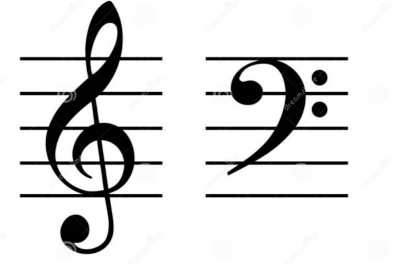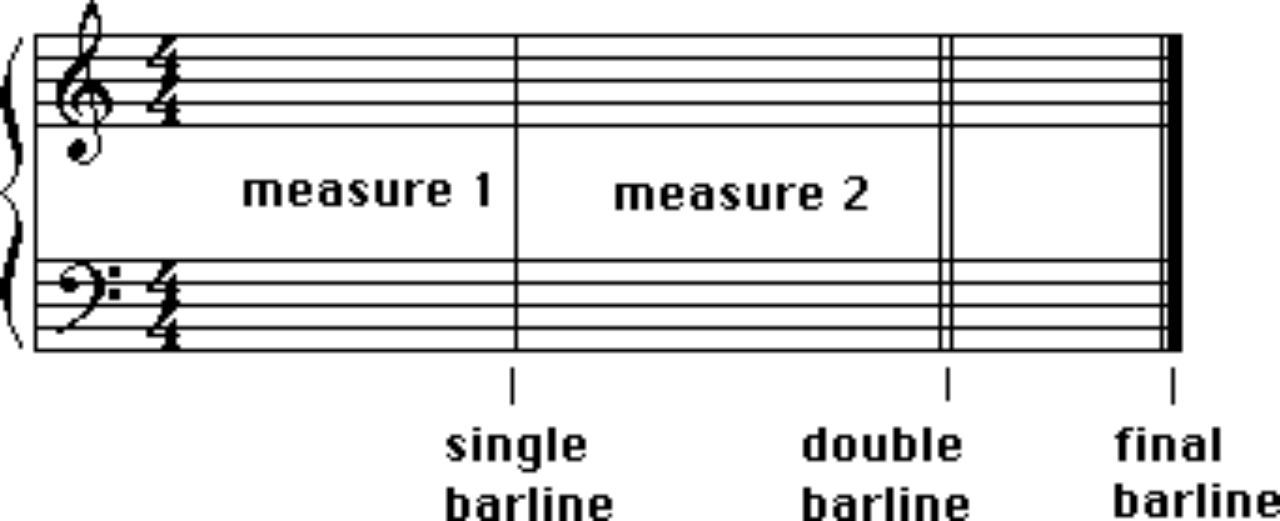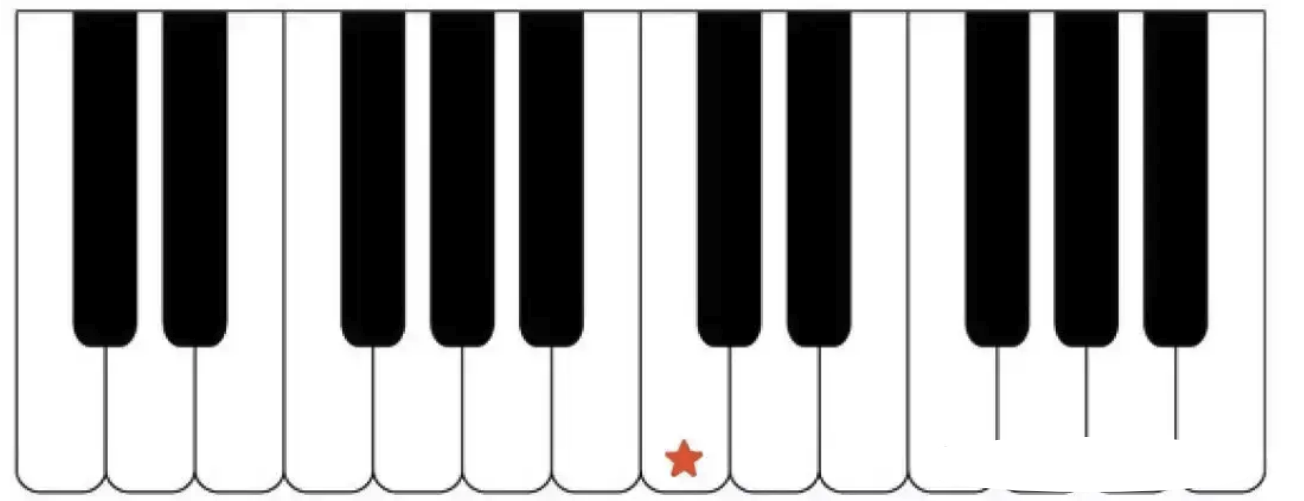Learn Staff Notation in 5 Minutes: A Beginner’s Shortcut Guide
You don’t need hours of practice to start understanding how music is written. In just five minutes, you can build a solid foundation in Staff Notation—a key to reading and playing music with confidence, especially if you're learning through Piano Sheet Music or exploring Piano letter notes.
1. The Musical Alphabet
At the core of music are seven basic sounds: Do, Re, Mi, Fa, Sol, La, and Ti. These are known as solfège syllables and are often used for vocal training and ear development.
2. Letter-Based Notation
Each solfège syllable connects to a specific letter. This system is called Piano letter notes, using the letters A to G. For example:
Do = C
Re = D
Mi = E
...and so on. These piano notes help beginners identify pitches easily on both sheet music and the keyboard.
3. Connecting Sound and Symbol
Whether you're reading traditional Staff Notation or simplified formats, knowing that every piano note has a matching letter and pitch is essential. Piano Sheet Music often includes both the symbol and the Piano letter notes for clarity.
4. Understanding the Staff
Music is written on a series of five horizontal lines known as the staff. Every line and space on the staff corresponds to a specific piano note. The notes increase in pitch as they move upward from the bottom line of the staff. Understanding these note patterns forms the basis of reading staff notation.

5. Treble and Bass Clefs
Most Piano Sheet Music uses two clefs:
1. The treble clef (for the right hand) covers higher notes.
2. The bass clef (for the left hand) covers lower ones.
These clefs show you where each piano note belongs on the keyboard, helping you quickly locate Middle C and surrounding notes.

6. Measure Lines and Timing
Music is organized into sections known as measures, which are divided by vertical bar lines. Time signatures such as 4/4 or 3/4 indicate how many beats are contained within each measure. You’ll see this structure clearly in Piano Sheet Music—and even in beginner Piano letter notes.

7. Counting Beats
Each beat in a measure has a distinct degree of accent or emphasis. Some are strong, others weak. This rhythm structure helps keep your playing even and expressive. When you follow Staff Notation, you’re also following a rhythmic roadmap.

8. Spotting Middle C
To orient yourself on the keyboard, start by finding a set of two black keys. The white key directly to the left is C. The one closest to the middle of the keyboard is Middle C, one of the most important reference points in both Piano Sheet Music and Piano letter notes.

9. Practice and Repetition
Start small—choose one or two lines of Staff Notation and identify each piano note by its letter name. Repeating this daily with flashcards or beginner Piano Sheet Music will quickly boost your reading speed and confidence.
Wrap-Up
Even with just a few focused minutes, you can start recognizing Staff Notation, identifying piano notes, and reading both standard Piano Sheet Music and simplified Piano letter notes. The key is consistency—return to these basics regularly, and you’ll build music-reading fluency in no time.












